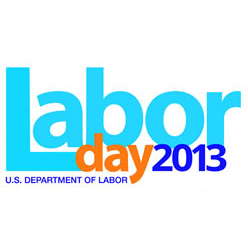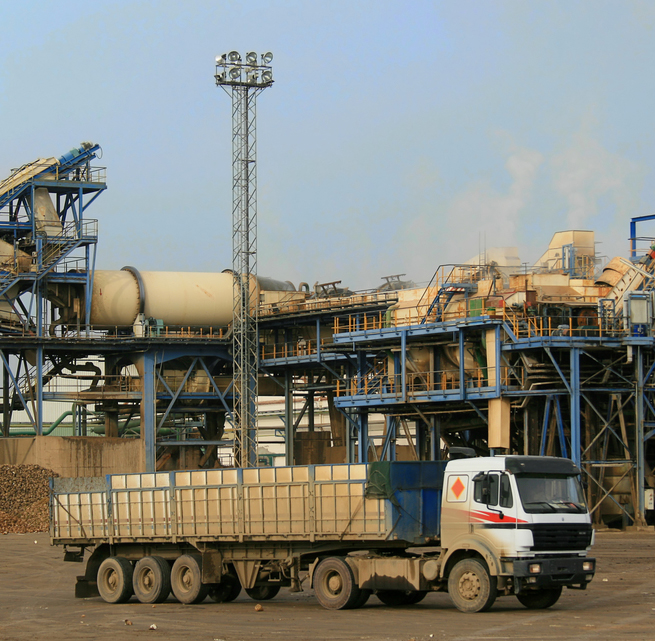In previous posts, we have discussed the importance of Fall Prevention and the national focus on providing training, guides, and resources in support of this fall protection safety risk management. Falls are the leading cause of death in construction and a frequent safety issue in many other industries. Even falls at minimal height can result in broken bones, lost worker time, and worker’s comp injury claims. Nearly a third of fall fatalities in construction are falls from ladders.
Recently OSHA has produced several resources to provide guidance to safety managers with respect to ladders. Specific guidelines include:
- Use the right ladder for the job
- When using a ladder to access another level, secure and extend the ladder at least 3 feet above the landing point
- Wear proper footwear
- Place the ladder on stable and level ground
- Ensure that the ladder is fully extended before accessing
- Prevent passersby from walking under or near ladders while in use
- Do not work on the top rung of the ladder
- Maintain three points of contact at all times
- Do not carry tools or materials while using a ladder
- Do not lean on the ladder while working and keep your weight centered
- Do not use ladders near accessible doorways
- Check, maintain and safely store ladders
- Do not use faulty ladders: bent, missing a step, or unable to be locked open
In addition, the California Department of Industrial Relations provides additional resources for specific ladder requirements, including design and construction (complete with ANSI regulations); ladder types and proper ladder selection; care, use, and maintenance; and employee training.
ANSI: Follow the Proper Guidelines
The number of variations between ladder designs, applications, and composition is nearly as unique as the people that use them. It can be difficult to determine the applicable ANSI standard and rating that applies to each ladder at a workplace. As an example, the ANSI category for portable metal ladders (ANSI-ASC A14.2-2007) covers a wide range of ladders, and excludes others that may seem to fit the category:
Ladder styles include ladder type step stools, portable extension, step, trestle, sectional, combination, single, platform, and articulating ladders, but excluding ladders in and on mines, the fire services, mobile equipment, hoisting equipment, work platforms, antenna communications towers, transmission towers, utility poles, and chimneys. It does not cover special-purpose ladders that do not meet the general requirements of this standard, nor does it cover ladder accessories, including, but not limited to, ladder levelers, ladder stabilizers or stand-off devices, ladder jacks, or ladder straps or hooks, that may be installed on or used in conjunction with ladders.
The importance of being informed to prevent falls from ladders and conform to trending OSHA regulations is clear. For details about requirements for your workplace access equipment, visit the ANSI website or contact a safety professional.

![Making the Case for Work Injury Prevention [INFOGRAPHIC]](http://snblog.preview.yellowberri.com/wp-content/uploads/2013/07/Work-Injury-Analysis-SQUARE_July2013.png)

